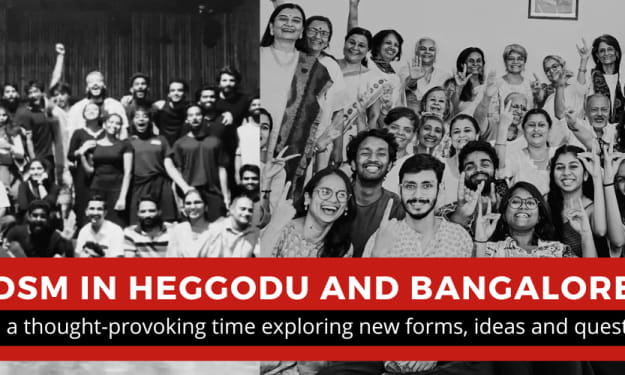
### The Indian Education System: A Comprehensive Overview
#### Introduction
The Indian education system is one of the largest and most complex in the world, catering to the educational needs of over 1.4 billion people. It has a rich history that dates back to ancient times, with significant contributions from various periods, including the Vedic, Buddhist, and British colonial eras. Today, the system is a blend of traditional and modern practices, striving to provide quality education to all its citizens.
#### Historical Background
- **Ancient Period**: Education in ancient India was primarily religious and philosophical. Institutions like Nalanda and Takshashila were renowned centers of learning.
- **Medieval Period**: The advent of Islamic rule saw the establishment of madrasas and other educational institutions that emphasized religious and scientific studies.
- **Colonial Period**: The British introduced a Western-style education system, focusing on English language and literature, science, and mathematics.
#### Structure of the Indian Education System
The Indian education system is broadly divided into several stages:
1. **Pre-primary Education**: For children aged 3-6 years, focusing on basic learning and social skills.
2. **Primary Education**: Covers classes 1 to 5, for children aged 6-11 years. Emphasis is on fundamental subjects like language, mathematics, and environmental studies.
3. **Middle Education**: Includes classes 6 to 8, for students aged 11-14 years. The curriculum expands to include science, social studies, and a second language.
4. **Secondary Education**: Consists of classes 9 and 10, for students aged 14-16 years. Students prepare for board examinations conducted by various state and central boards.
5. **Higher Secondary Education**: Classes 11 and 12, for students aged 16-18 years. Specialization in streams such as science, commerce, or arts begins at this stage.
6. **Higher Education**: Includes undergraduate, postgraduate, and doctoral studies. India has a vast network of universities, colleges, and technical institutes.
#### Governing Bodies
The Indian education system is governed by various bodies at different levels:
- **Central Government**: The Ministry of Education oversees policy formulation and implementation. The University Grants Commission (UGC), All India Council for Technical Education (AICTE), and National Council for Educational Research and Training (NCERT) are key regulatory bodies.
- **State Governments**: Each state has its own education department responsible for school education and local institutions.
#### Key Challenges
1. **Access and Equity**: Despite significant progress, disparities in access to quality education persist, particularly in rural and underprivileged areas.
2. **Quality of Education**: There are concerns about the quality of education, including outdated curricula, inadequate teacher training, and poor infrastructure.
3. **Dropout Rates**: High dropout rates, especially among girls and economically disadvantaged groups, remain a challenge.
4. **Skill Development**: Bridging the gap between education and employability skills is crucial for addressing unemployment and underemployment.
#### Recent Reforms
The Indian government has undertaken several reforms to address these challenges:
- **National Education Policy (NEP) 2020**: A landmark policy aimed at transforming the education system. Key features include:
- Emphasis on early childhood care and education (ECCE).
- Holistic and multidisciplinary approach to higher education.
- Focus on vocational education and skill development.
- Increased use of technology in education.
- Promotion of regional languages and mother tongue as medium of instruction.
- **Digital Initiatives**: Programs like DIKSHA, SWAYAM, and ePathshala aim to leverage technology for improving access to quality education.
#### Conclusion
The Indian education system, with its vast and diverse landscape, continues to evolve in response to the changing needs of society and the economy. While there are significant challenges, ongoing reforms and initiatives hold promise for a more inclusive, equitable, and quality education system in the future. The focus on holistic development, skill enhancement, and technology integration is expected to prepare Indian students to thrive in a globalized world.
The Indian education system is one of the largest and most complex in the world, catering to the educational needs of over 1.4 billion people
About the Creator
Ribin
Iam a boy from India, and iam studying my degree at my home town🏠. I like to write books. And iam here to share my creative poems.To full fill my heart. ✨
Enjoyed the story? Support the Creator.
Subscribe for free to receive all their stories in your feed. You could also pledge your support or give them a one-off tip, letting them know you appreciate their work.






Comments
There are no comments for this story
Be the first to respond and start the conversation.